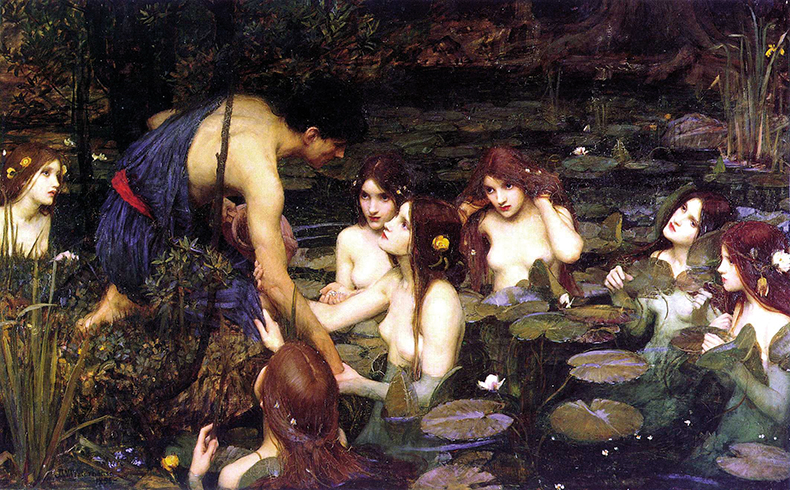From the October 2024 issue of Apollo. Preview and subscribe here.
In some ways, growing up in Manchester was growing up in the 19th century. Both my childhood houses were Victorian. My school was Victorian, founded by the Manchester Liberals so their daughters could be as well educated as their sons, much of it still in Victorian buildings. I learned to swim in a beautifully tiled municipal pool, Edwardian but born of the same patrician concern about amenities for the masses (bread and circuses to keep them out of the pubs and off the barricades perhaps, but nice all the same). Having always lived there, I didn’t recognise the specific imperial grandeur of the immense trading centres and office blocks of the city centre, many of them still bomb-damaged and derelict in the ’80s. They were part of my formation.
My mother took me often to the (Victorian) University Museum and to the various municipal art galleries – including Manchester Art Gallery – all of which were and remain free to visitors. She’d studied Art History and was an excellent teacher; one of her best lessons was that you should choose a few things, look at them properly and then leave. Almost everything in those galleries was Victorian, because that’s when Manchester last had money, so although we chose different pictures each time, there were strong tendencies. I saw far more Victorian than modern art.
Hylas and the Nymphs (1896), John William Waterhouse. Manchester Art Gallery

I don’t remember when I first saw Hylas and the Nymphs (1896), but I do remember being compelled by it. I liked the textures of water, lilies, hair and skin. I noticed the way in which the artist, John William Waterhouse, had painted the skin under water and in the air, particularly the arm and belly of the central nymph with the yellow flower in her hair, and the difference between the dry and water-logged sections of the hair of the girl in the foreground. I often arranged my own hair like that, though I usually ended up tying it back properly when the floating locks tangled in my bike helmet. The Pre-Raphaelite aesthetic was in fashion again: girls with sickly bodies and lively hair, loose-fitting clothes with thin arms sticking out of them, and at 12, 13, 14 years old, slipping into the self-starvation that deformed my growing up, the nymphs’ bodies looked generous – softer than those of the models and singers held out to me and my friends. I liked the lilies, the shapes of the thirsty roots, the autumnal colours of leaves and hair. Apart from Hylas’s red sash, the painting’s sensuality seemed gentle and seasonally melancholic. The nymphs were doing enough by existing, by being themselves, with no obligation to produce or consume, to pass exams or do housework, and that looked pretty idyllic to me. I wanted, obviously, permission to stop and rest, simply to be. I hadn’t noticed that the price of that permission was inhuman beauty – that the nymphs were just pretty things and that even their prettiness was a danger to men.
I was in Manchester again last month, so I stopped in to see Hylas and the Nymphs. I’d seen it since, of course, all over: on fridge magnets and blu-tacked posters in undergraduate bedrooms. I’d read about Sonia Boyce’s takeover of Manchester Art Gallery in 2018, which included Boyce and others temporarily removing the painting from the gallery wall, and I had been intrigued. As a sometime scholar of 19th-century literature, I recognise the complexities of modern interactions with Victorian culture. There was a little girl there, maybe eight or nine, with two women whom she called Mum and Mummy. She liked the nymphs too, stood in front of them trying out their poses and expressions, imagining herself the subject of Hylas’s and the viewer’s gaze. Then she skipped across the room to Boyce’s installation, six screens showing performances of modern dancers, artists and drag queens responding to the more disturbing Victorian paintings in the Manchester collection. She watched, laughed, danced, went back to the painting and then back to the installation, played at being subject and object, artist and model, before she moved on to lie on the floor in the pose of a dog in his master’s portrait. I, having paid my respects to my younger self and my chosen paintings, went back into my day, thinking that while the modern world is plainly fallen and broken and moving dizzyingly fast towards hell in a handbasket, some things are better now than they were forty years ago.
From the October 2024 issue of Apollo. Preview and subscribe here.


